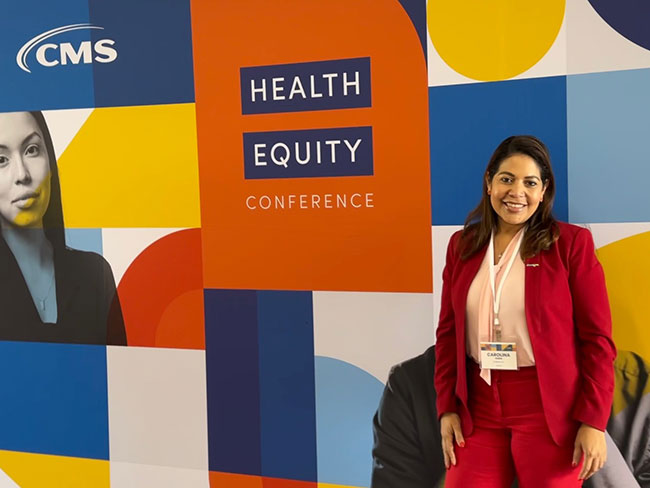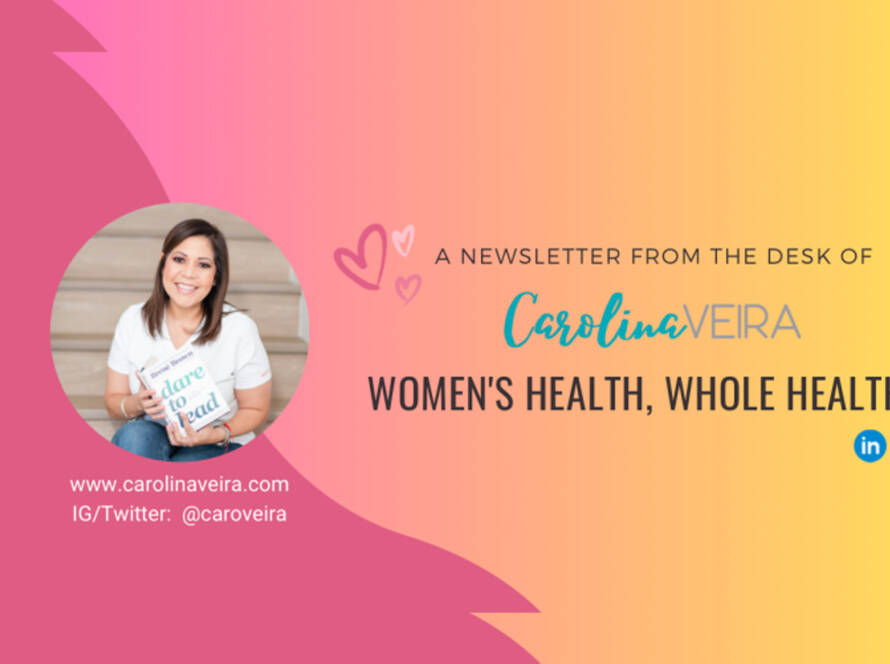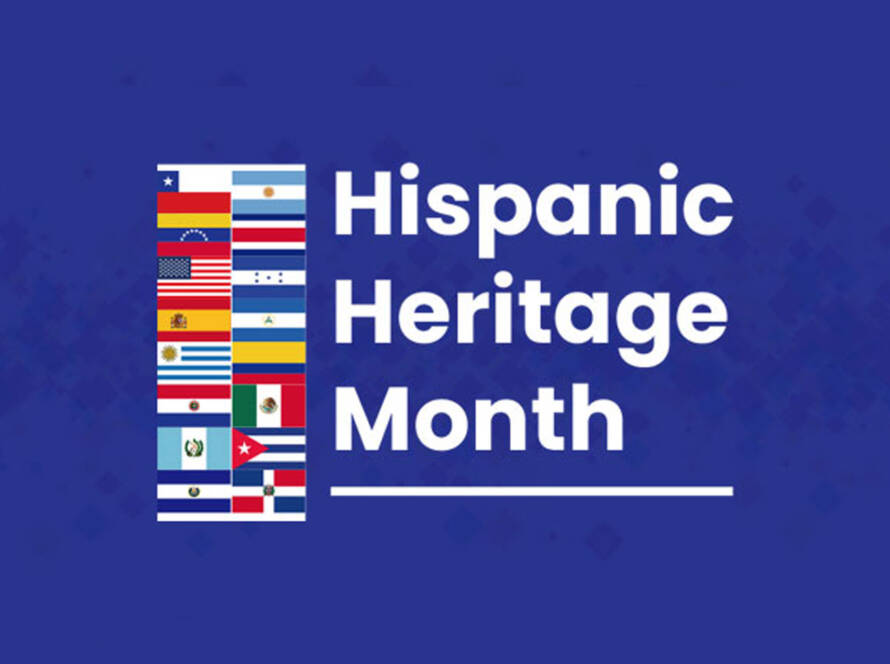Celebrating Love, Diversity & Equality
¡Hola! & Happy Summer Solstice
June is a time to come together, celebrate, and show our support for the LGBTQ+ community. It’s a month filled with love, summer feelings, hope, and resilience. It is a reminder of the ongoing fight for equity and equality. Let’s dive into the significance of these and explore the exciting events happening around the world.
Embracing Diversity and Inclusion
Pride Month is a time to recognize and embrace the rich diversity within the LGBTQ+ community. It is a celebration of all genders, sexual orientations, and identities. It reminds us to create inclusive spaces where everyone can feel safe, respected, and loved for who they are. Let us remember that diversity is not just a buzzword; it is the strength that unites us and allows us to thrive.
Happy Pride Month!


I recently attended the Centers for Medicare & Medicaid Services inaugural Health Equity Conference, held on June 7-8, 2023 at Howard University’s Armour J. Blackburn University Center in Washington, D.C. Various health equity leaders displayed their research projects showcasing the work they are doing across the industry to address social determinants of health.
Health equity is the state in which everyone has a fair and just opportunity to attain their highest level of health.
Food for Thought
The World Health Organization (WHO) defines social determinants of health as follows:

How are social determinants linked to healthcare and health outcomes?
Certain groups of people, particularly those who are underrepresented, tend to live and work in worsened environments and have a higher exposure to risk factors for disease. Therefore, they tend to have worse health and shorter lives.
What can we do at the community level to help?- Find creative ways to partner with community groups, public health, and local leaders.
- Use data (clinical, social) and research evidence to advocate for social change.
- Get involved in community needs assessment (CNA) development, while promoting community engagement, empowerment and changing social norms.
“In a study involving a cohort of over 1000 disadvantaged patients in San Antonio, Texas, a community-oriented primary care approach using health promoters acting as cultural brokers between patients and physicians, as well as helping to map out, mobilize and connect patients with resources in the local community, resulted in a 24% decrease in admissions to hospital and a cost savings of over US$250,000 per year.”
Source: Journal of the American Board of Family Medicine, May-June 2013, Vol 26, Issue 3

Join me and share your story in one of our virtual gatherings at ¡Hablemos! Conversations about Inclusion, Leadership and Purpose with talented humans. Our voices are EXTREMELY POWERFUL and need to be shared with the world. By sharing your story, you help others believe anything is possible, while they learn about you, your culture, your purpose and your vision towards a more inclusive world!
Click HERE to participate.
Let’s change the world together!
Con cariño,
– Caro



